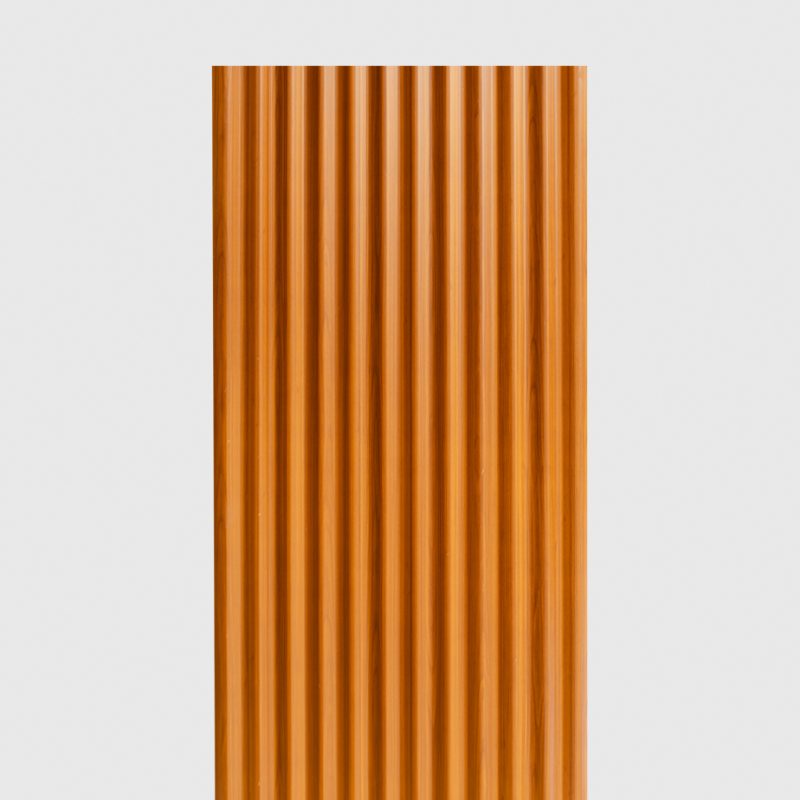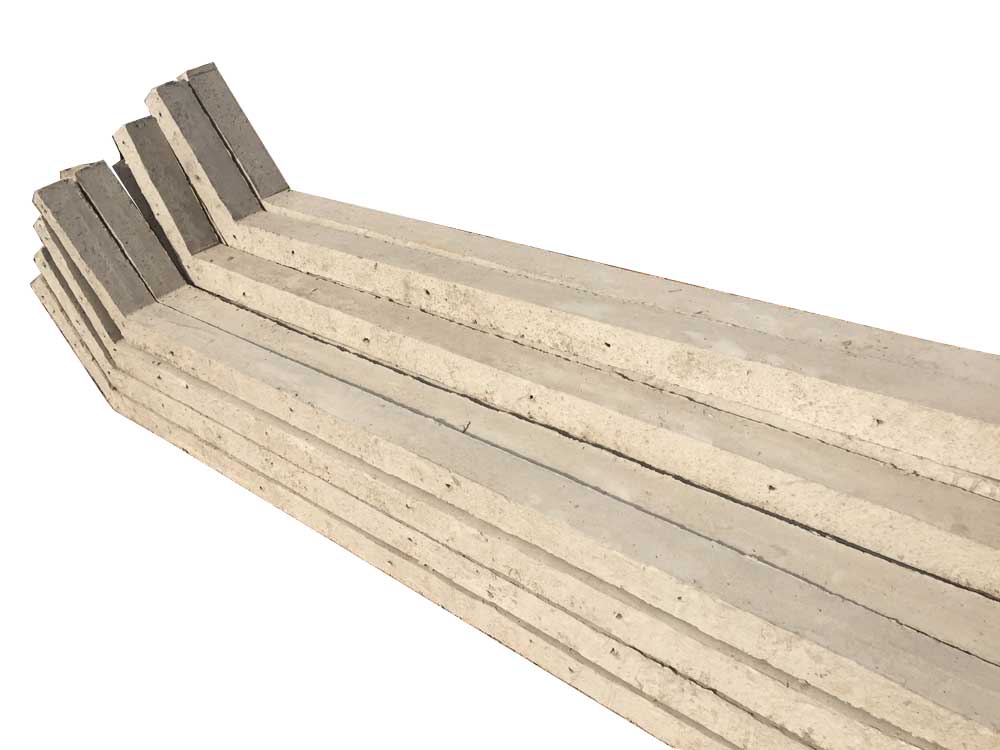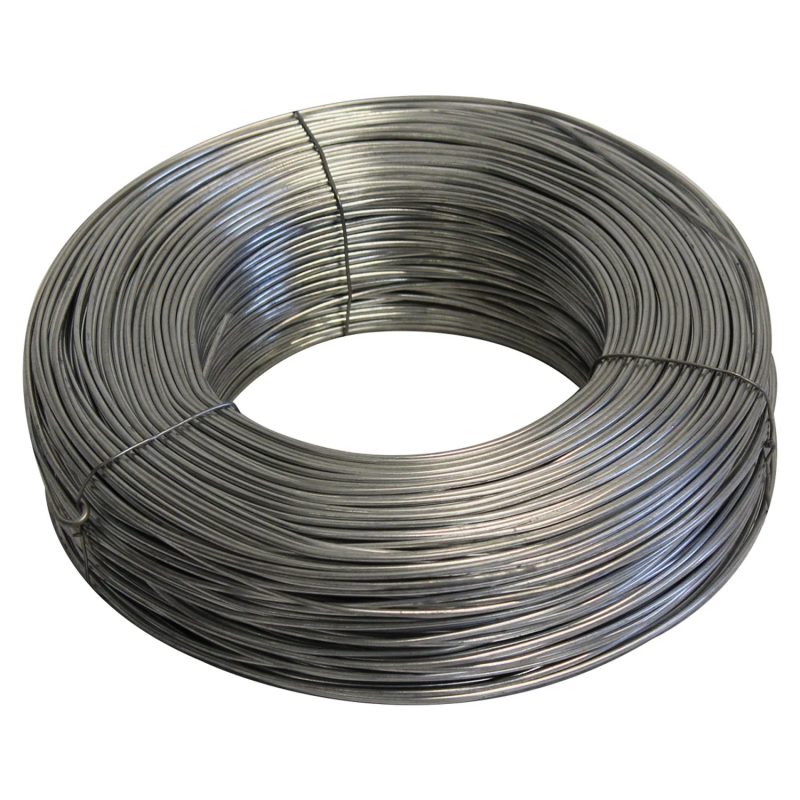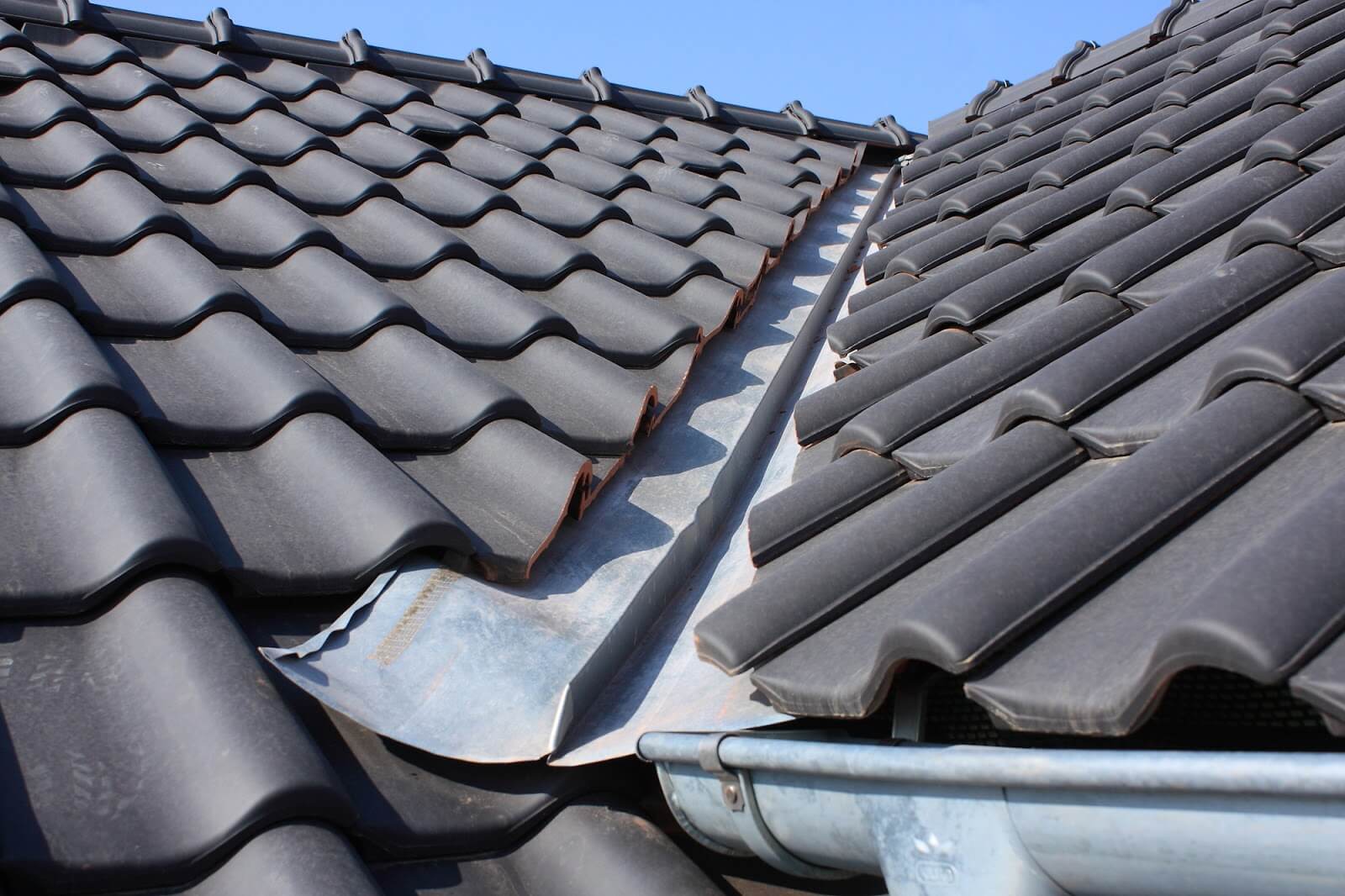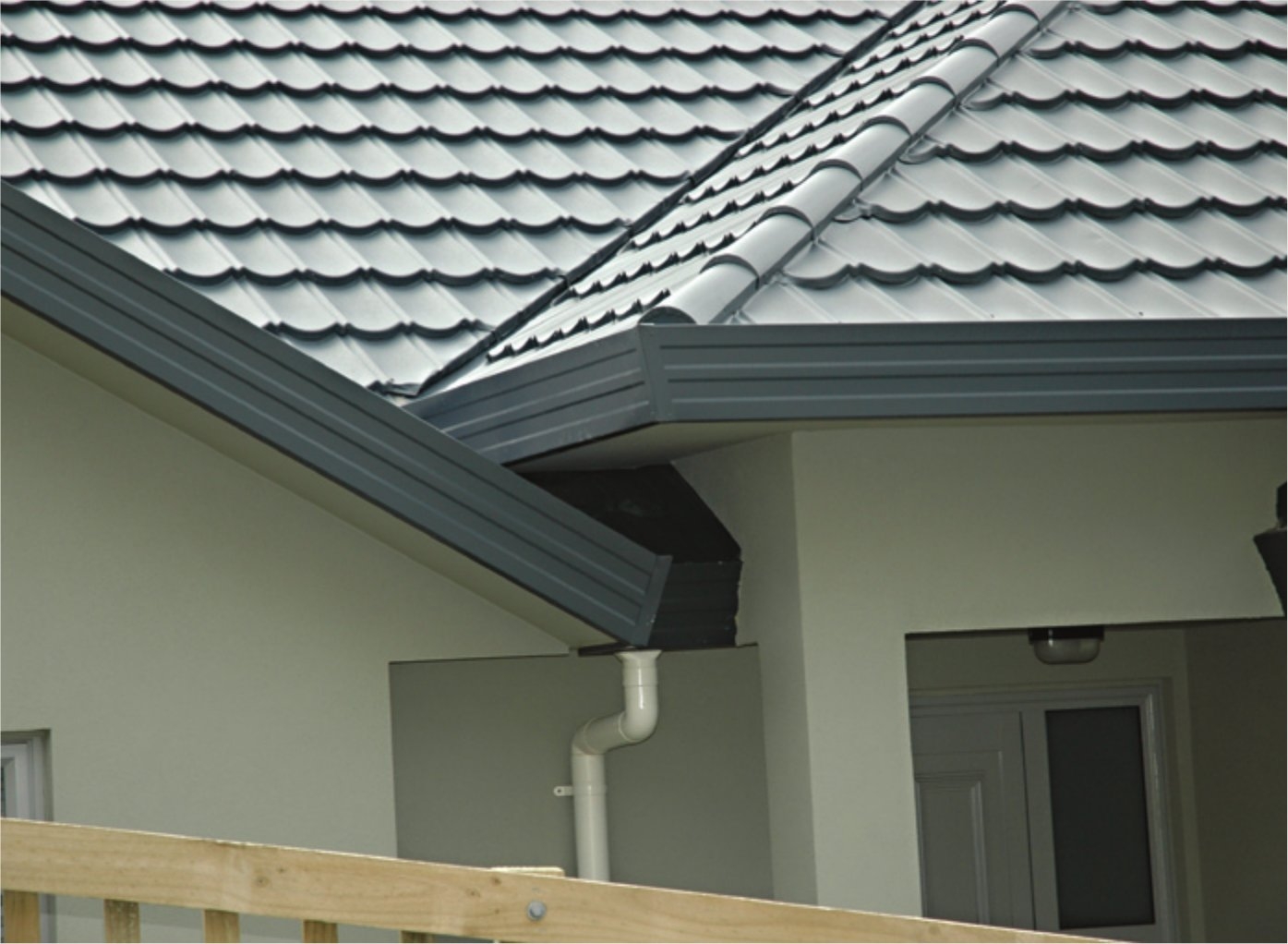The ‘roof valley’ on your roof is created when any two sections on the roof meet at an angle that is less than 180 degrees. Since water will collect and accumulate in a valley, it is one of the more vulnerable areas of your roof.
A roof valley system is used in the areas of the roof that tie in to each other at an exterior angle of fewer than 180 degrees. To have a proper valley system, water and ice should be installed underneath a metal flashing, which will be installed underneath the shingles. From here, a synthetic underlayment, starters and shingles will be applied over the metal in order to make the area waterproof.
A roof valley is needed to help mitigate the risk of damage resulting from prolonged exposure to moisture. It helps fight mold or algae infestations by keeping the valley areas well protected against them.
Different Types of Roof Valleys
Two of the most common ways of sealing the area are the open valley and closed valley methods.
Closed Valley
In order to cover and seal the valley, a layer of underlayment and an ice and water shield will be installed over the valley. After, the shingles are installed, starting with the lower slop and then onto the higher slope so that they effectively overlap each other. The excess portion of the shingles on the higher slope will be cut off so that the overlap looks seamless.
The pros of closed valley include:
- It is more aesthetically pleasing
- Quicker to install
- Usually cheaper
The cons:
- There are higher chances of failing
- It will have a shorter lifespan
Open Valley
In an open valley set up, the ice and water shield and underlayment are installed underneath the shingles the same way as a closed valley. However, instead of having overlapping shingles, a pre-bent metal flashing will be installed over the valley area. This seals off the vulnerable middle area of the valley and allows you to install the shingles three to four inches from the middle. By having this middle valley remain open thanks to the metal you will be able to accomplish a few things.
Because the valley collects water flow from two sections of the roof, they are high water flow areas. Over time the exposed metal will be able to handle the corrosive effects of the water much better than shingles do. We usually find that valleys are one of the first places to begin deteriorating when a closed system has been installed.
And, by having the ability to keep the shingles away from the valley, this reduces the temptation to want to nail too close to the valley
Open valley’s are a great solution for creating a nice, clean basin to collect and direct water flow down the roof. Open valleys guarantee that no nail perforations will be anywhere near the areas which collect the most volume of water.
